Juniper Berry Harvest Tips: How To Pick Juniper Berries
Many junipers produce berries that are toxic and inedible, but Juniperus communis berries are edible! Safe, aromatic and interesting, learn how to know which ones are safe how to harvest them.
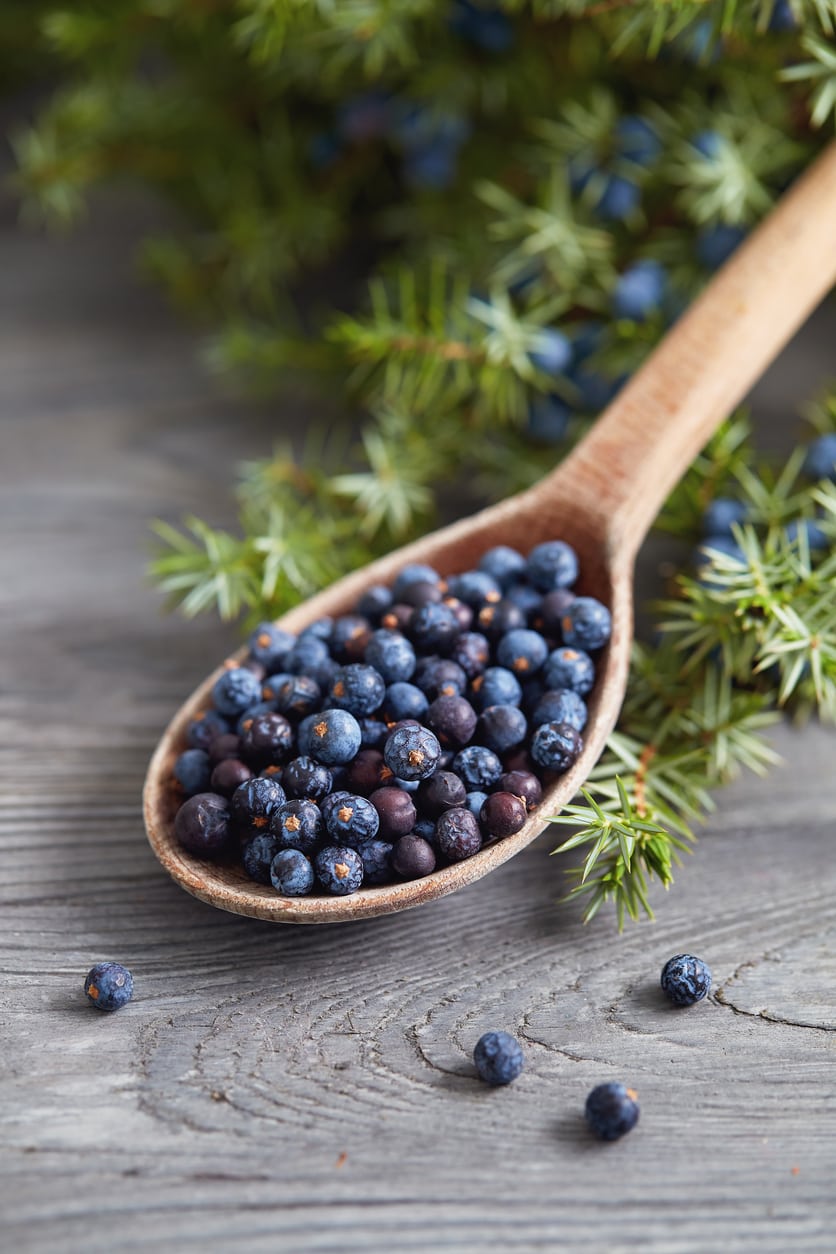

Is It Safe To Pick Juniper Berries – Learn About Harvesting Juniper Berries
Junipers are common in many parts of the world. There are about 40 species of juniper, most of which produce toxic berries. But for the educated eye, Juniperus communis, or Common Juniper, has edible, pleasantly pungent berries that can be used as a flavoring, incense, medicinal, or part of a cosmetic preparation.
Continue reading for tips on how to pick juniper berries and how to recognize safe juniper plants.
Is it Safe to Pick Juniper Berries?
Those blue berries coated with a white powder are the source of the flavoring in gin. You don't have to be a gin lover to want to learn when to harvest juniper berries.
Is it safe to pick juniper berries? Make sure you can recognize the bush that is the source of this safe seasoning, or some very unpleasant experiences may await from harvesting juniper berries off the wrong plant.
The common juniper is hardy in USDA zones 2 to 6 and is found in a wide variety of soils. The plants grow in Asia, Europe, and North America.
Recognizing this species can be difficult because it grows in a wide variety of forms. It may be a low, spreading shrub or a tall tree up to 25 feet (7.5 m) in height.
Common juniper is an evergreen conifer with blue-green awl-shaped needles. The berries are actually cones and are bitter when unripe but have a pleasant taste when fully mature.
Gardening tips, videos, info and more delivered right to your inbox!
Sign up for the Gardening Know How newsletter today and receive a free copy of our e-book "How to Grow Delicious Tomatoes".
When to Harvest Juniper Berries
Juniper berries ripen for 2 to 3 years. The first year produces flowers, the second a hard green berry, and by the third, they are ripening to a deep blue.
Pick berries in the fall once the plant has lots of blue berries. There will be berries in all stages of ripening, but the green ones are not very aromatic and taste bitter.
You will have to fight the birds for ripe cones during juniper berry harvest time. If the plant is located on your property, cover it with bird netting to protect those precious cones from greedy birds.
How to Pick Juniper Berries
Harvesting juniper berries can be a slightly painful experience because their leaves are very sharp. Some people even develop a bit of a rash, so make sure you have long sleeves and pants, as well as gloves for your juniper berry harvest.
There are two ways to go about harvesting. The first is to simply pick ripe cones from the tree by hand. As they are rather tiny, this can either be tedious or a nice way to spend a fall afternoon.
If the prospect picking the cones by hand doesn't appeal to you, there is a quicker and easier way. Set a tarp under the plant and then shake it vigorously. Ripe and unripe berries will rain down onto the tarp. Then you just need to separate the purplish-blue ones and leave the rest to grow more plants naturally or to compost into the soil.

Bonnie Grant is a professional landscaper with a Certification in Urban Gardening. She has been gardening and writing for 15 years. A former professional chef, she has a passion for edible landscaping.
-
 Try The Trend – Turn Any Bed Into A Keyhole Garden With This Clever In-Ground Composter
Try The Trend – Turn Any Bed Into A Keyhole Garden With This Clever In-Ground ComposterKeyhole gardening is an efficient and sustainable practice that saves space. Get started on this DIY project quickly and easily with an in-ground composter.
By Bonnie L. Grant
-
 4 Superfast Composting Methods: Turn Waste Into Garden Gold In 30 Days Or Less
4 Superfast Composting Methods: Turn Waste Into Garden Gold In 30 Days Or LessTry the fastest composting methods to turbocharge your pile and transform kitchen scraps and garden waste into finished compost in just a few weeks.
By Mary Ellen Ellis
-
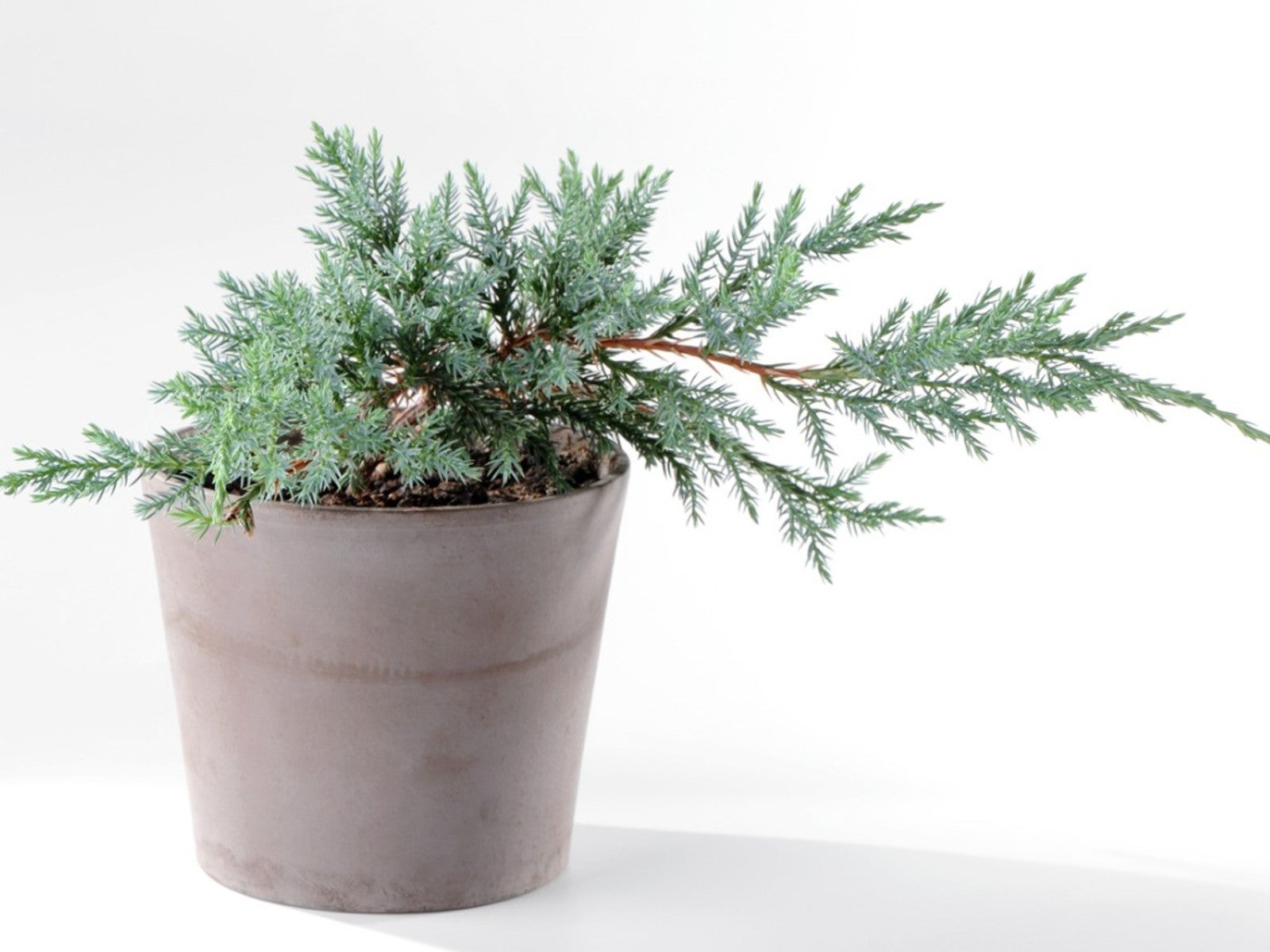 How To Grow A Potted Juniper: Caring For Juniper Trees In Containers
How To Grow A Potted Juniper: Caring For Juniper Trees In ContainersSmall juniper trees grow well in containers. Click here for information on how to care for potted junipers.
By Teo Spengler
-
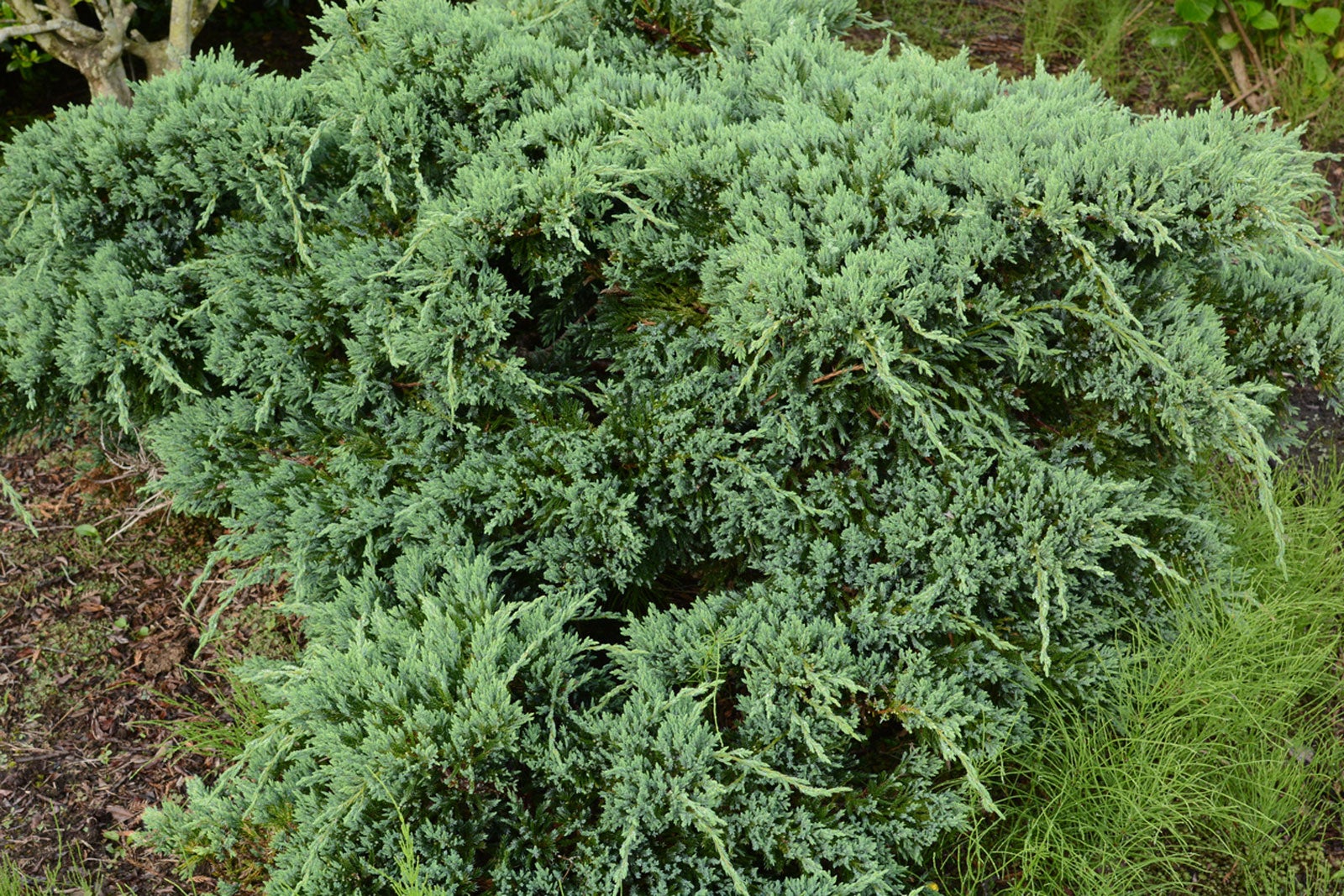 Japanese Juniper Care – How To Grow A Japanese Juniper Plant
Japanese Juniper Care – How To Grow A Japanese Juniper PlantIf you want a "set and forget" type of plant, Japanese juniper care is minimal and easy once established. For more information about this shrub of low heights and how to grow it in your garden, click the following article.
By Bonnie L. Grant
-
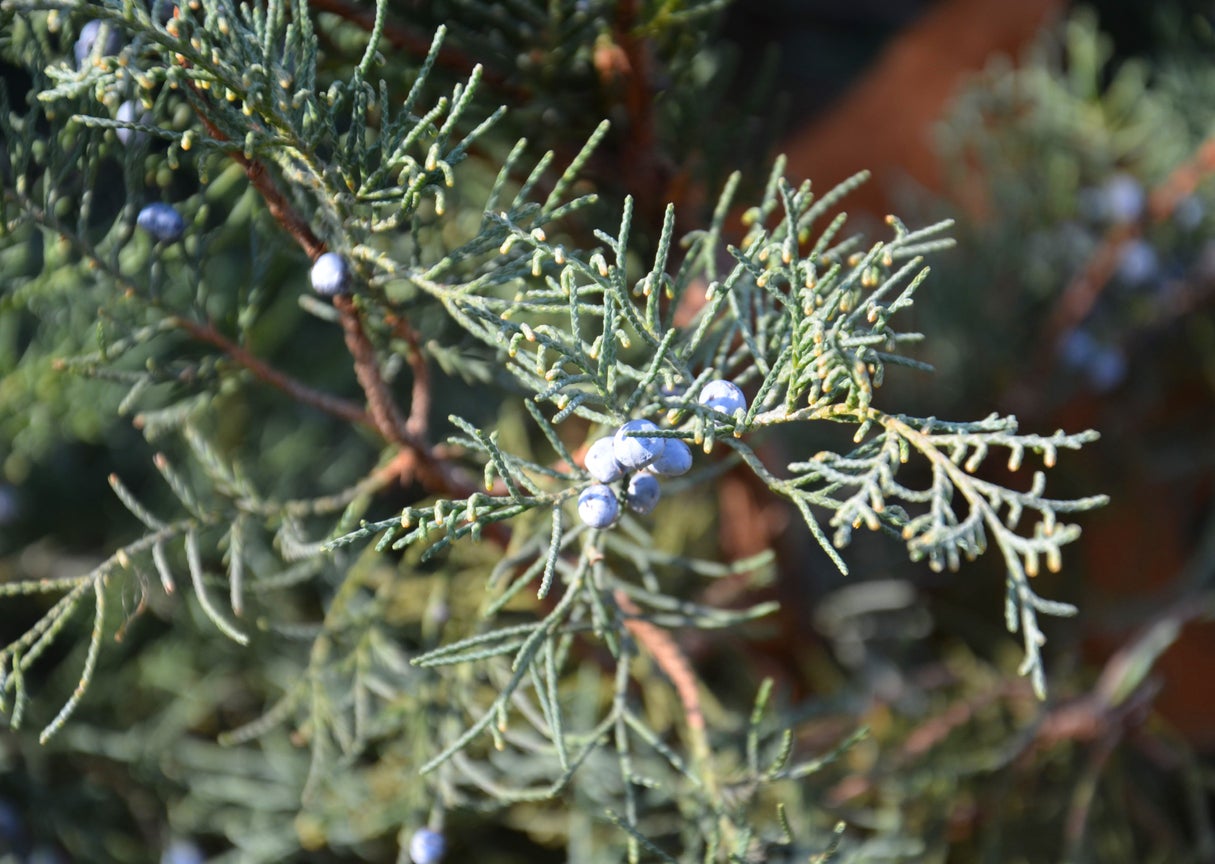 Mountain Cedar Information: Is Mountain Cedar Pollen Causing You Problems
Mountain Cedar Information: Is Mountain Cedar Pollen Causing You ProblemsMountain cedar is a tree with a common name full of contradictions. The tree is not a cedar at all, and its native range is central Texas, not known for its mountains. In fact, trees called mountain cedar are actually ashe juniper trees. Click here to learn more.
By Teo Spengler
-
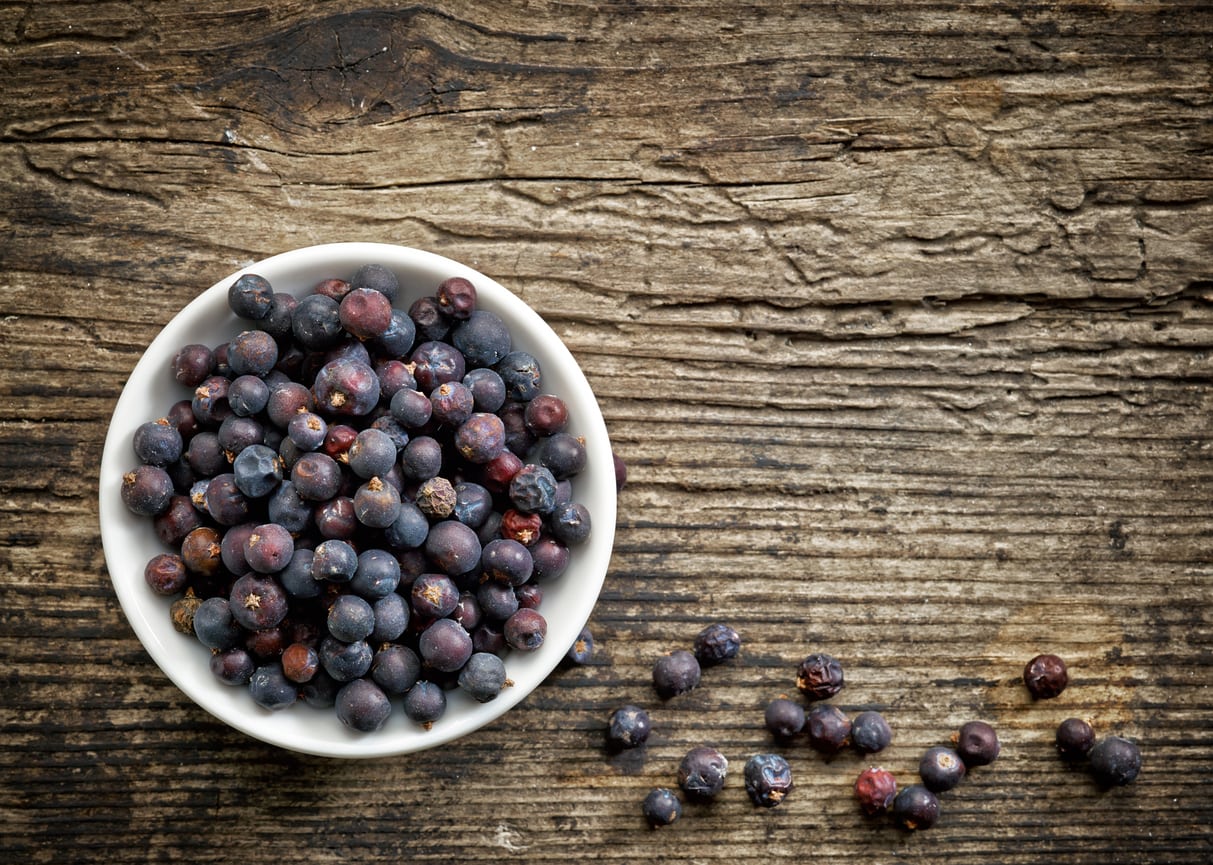 Are All Juniper Berries Edible – Is It Safe To Eat Juniper Berries
Are All Juniper Berries Edible – Is It Safe To Eat Juniper BerriesJuniper berries have been used as a strong flavoring for wine, mead, and other alcoholic beverages, as well as a spice for meats, stews, sauerkraut, and other dishes. Upon reading this, you may be wondering are all juniper berries edible? Click here for that answer.
By Darcy Larum
-
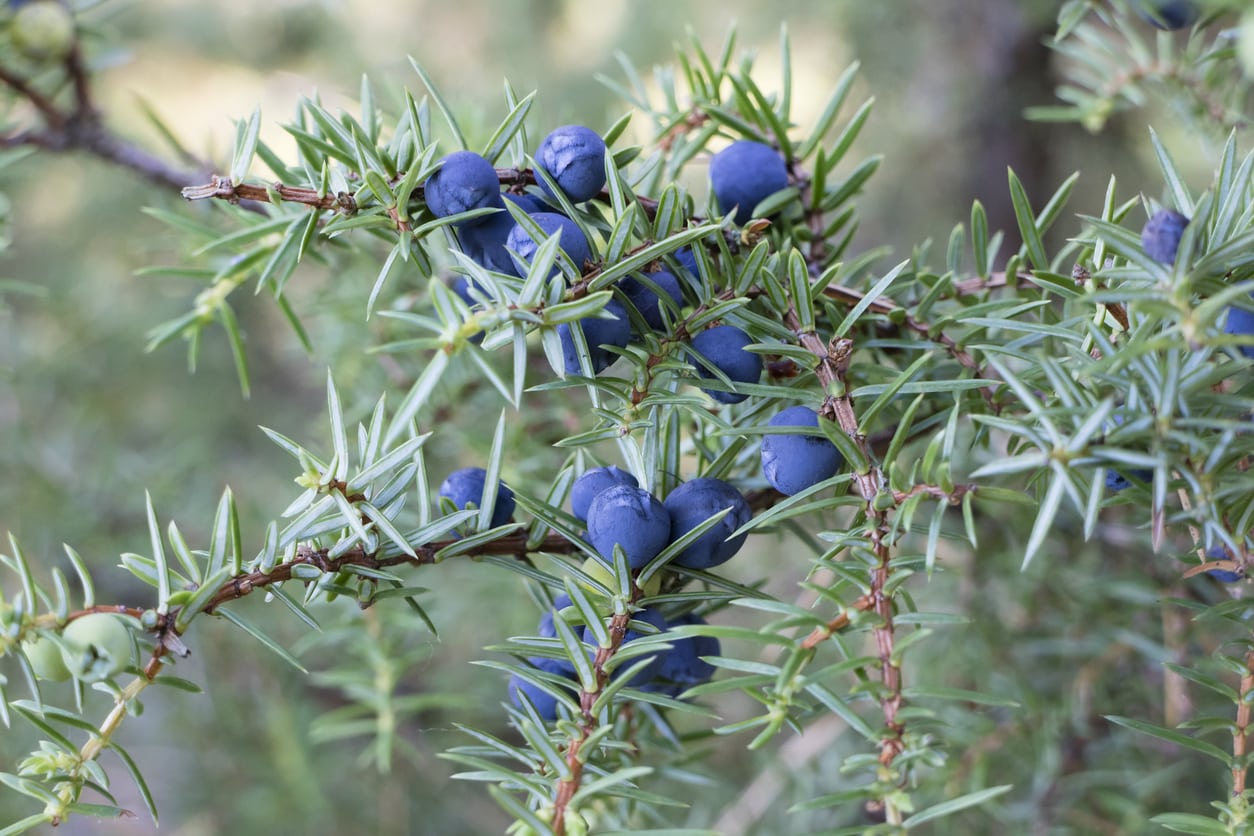 Juniper Berry Uses – What To Do With Juniper Berries
Juniper Berry Uses – What To Do With Juniper BerriesGiven that they are prolific and the fruit looks so much like a berry, the natural question is ‘can you eat juniper berries?” If so, what do you do with juniper berries? Click on the following article to find out how to use juniper berries along with some useful juniper berry recipes.
By Amy Grant
-
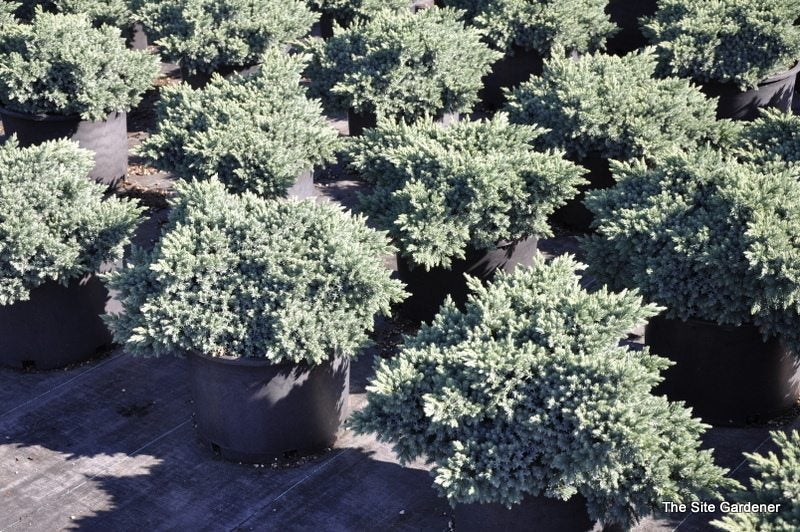 Growing Juniper ‘Blue Star’ – Learn About Blue Star Juniper Plants
Growing Juniper ‘Blue Star’ – Learn About Blue Star Juniper PlantsWith a name like "Blue Star," this juniper sounds as American as apple pie but, in fact, it is native to Afghanistan, the Himalayas, and western China. Gardeners love Blue Star for its thick, starry, blue-green foliage and its graceful rounded habit. Learn more here.
By Teo Spengler
-
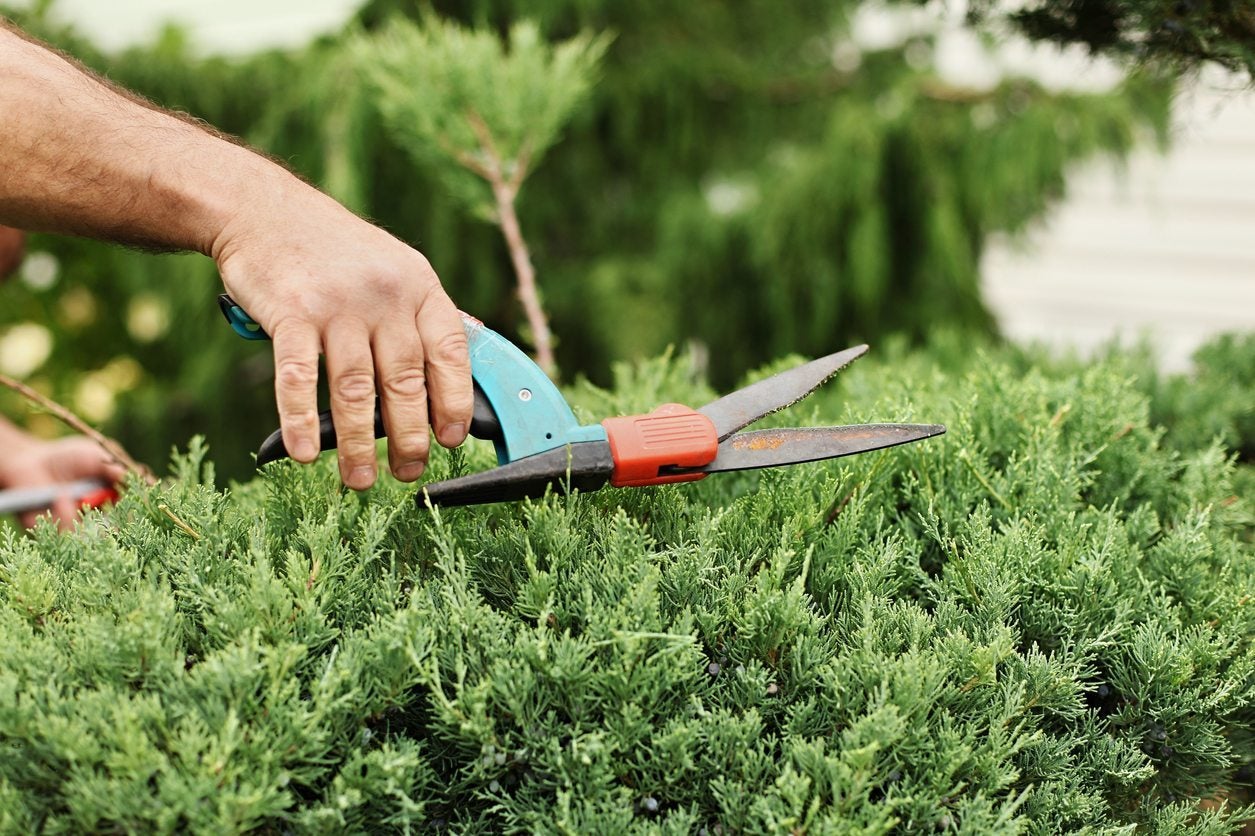 Can You Prune An Overgrown Juniper – Tips For Overgrown Juniper Pruning
Can You Prune An Overgrown Juniper – Tips For Overgrown Juniper PruningJuniper shrubs and trees are a great asset to landscaping. But sometimes, like the best things in life, they get away from us. What was once a smart shrub is now a wild, overgrown monster. So what can you do with a juniper that?s gotten out of hand? Find out here.
By Liz Baessler
-
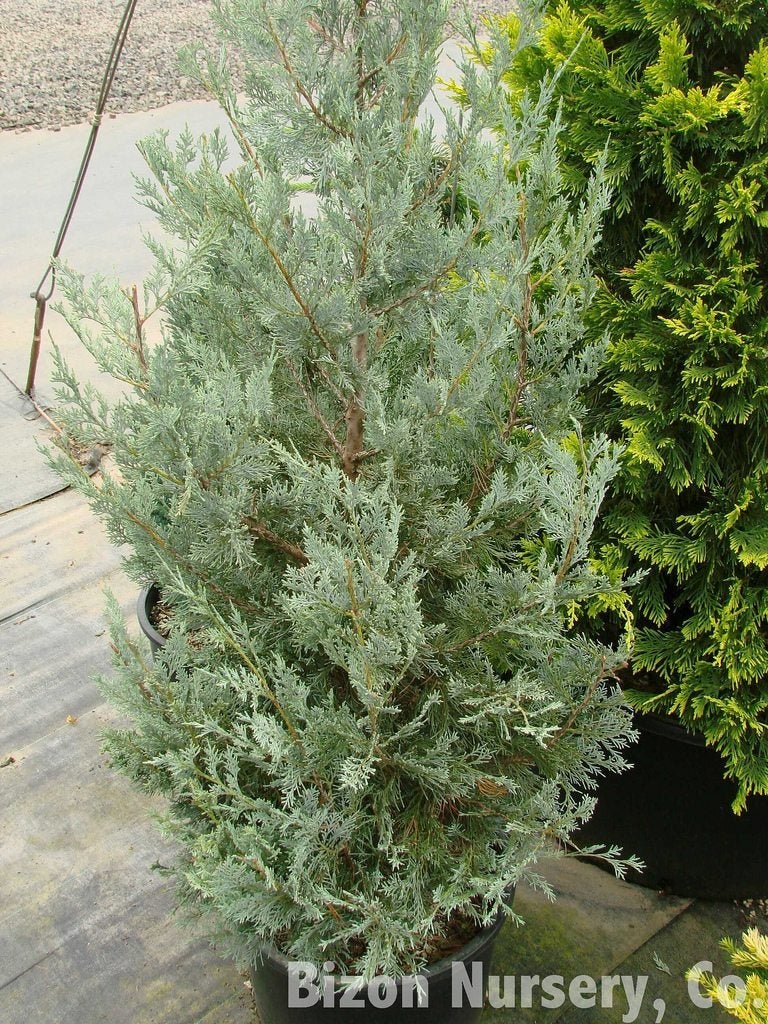 Wichita Blue Juniper Care: Tips For Growing Wichita Blue Junipers
Wichita Blue Juniper Care: Tips For Growing Wichita Blue JunipersWichita Blue juniper trees have an attractive broad-pyramid form that works well in a screen or hedge. With gorgeous silver-blue foliage all year long, these cultivars turn heads wherever they are planted. For more Wichita Blue juniper information, click here.
By Teo Spengler